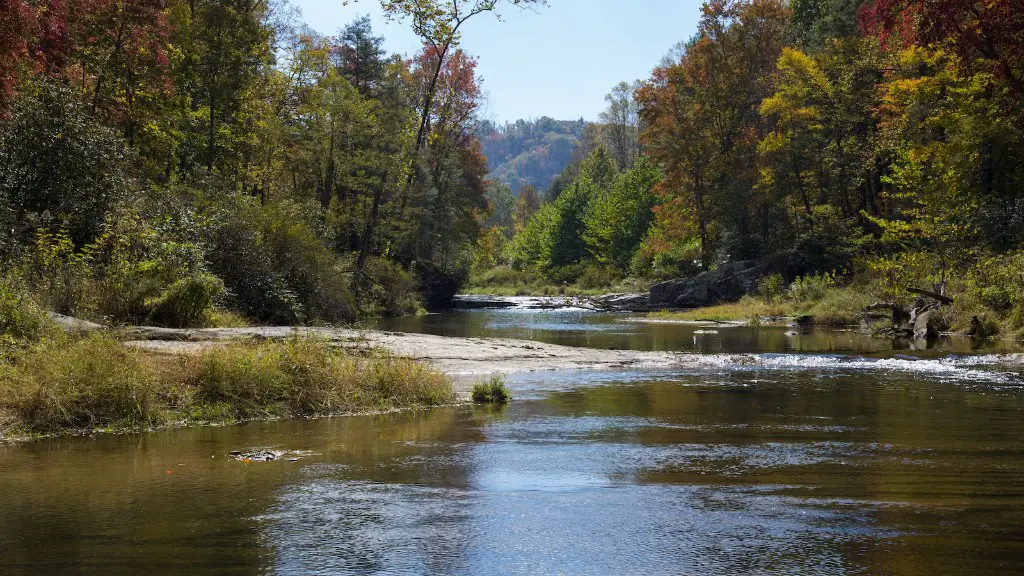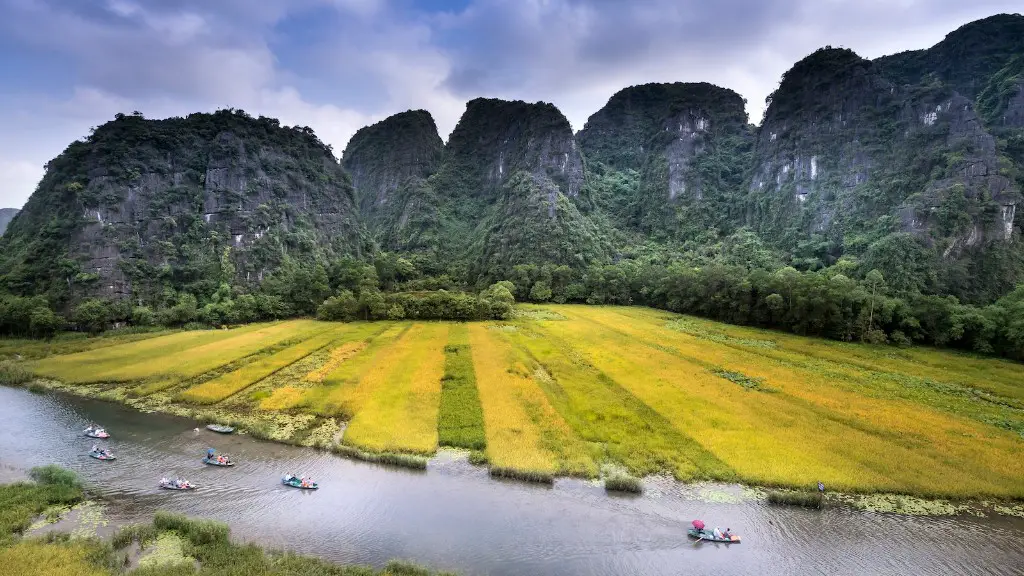Yangtze river dolphins, famously known as baiji, have been on the brink of extinction for decades. This species was declared extinct in 2006 and is one of the most sensational cases of species loss caused by human activities. Boasting a distinctive white layer and rudimentary eyesight, their life history, which depended on the cleanliness and fertility of the Yangtze, focused on feeding and navigating in the highly crowded river. Sadly, the baiji’s natural resident environment was drastically altered by the elevation of pollution levels, unsustainable fishing practices and the construction of numerous water reservoirs.
In 1994 a population survey estimated the baiji presence to be around 400 individuals. But, two years later the number of cetaceans had decreased to 13 individuals. Despite the efforts of conservationists, this species had reached a crisis point and the last sight recorded was in 2007. These events unveil the fact that the baiji species became the victim of human environmental ignorance and greed.
In order to curb the factors creating baiji’s extinction, collaborators from different non-governmental organizations, governmental institutions, universities and research centers, coordinated protective actions to improve natural habitats and apply restrictive fishing regulations. Although, the results of these actions were extremely delayed due to the deep-running and wide-scoped effects of human transformation of the Yangtze river.
Since then, there have been many instances whereby field researchers and conservationists have reported sightings and have produced echolocation recordings that have sustained the hope of rediscovering the species. In 2006, a Chinese aquatic expedition consisting of fifteen boats and seventy personnel surveyed sections of the Yangtze river, without any luck. This mission produced only one false sighting, further confirming the species’ extinction.
The baiji’s extinction has raised public and political awareness towards the issues of species conservation and environmental degradation. But is there still hope for the fate of this species? Geneticists and bio-pharmacists presume that extracting samples of frozen cells from the corpses of two female individuals could be an excellent source of finding answers and discovering how species could be protected.
Protecting Wild Habitats and Life
The extinction of the Baiji dolphin should not be in vain. To prevent similar events from occurring in the future, it is essential to consider the preservation of river ecosystems, the importance of wild habitats and their species. By engaging local communities, companies and political organizations to discuss strategies and actions of natural habitat protection, sustainable fishing and resource management, it will be possible to prevent extinction of other species.
A good example of a long-term commitment with species conservation is the reestablishment of the common hippopotamus in the Ewaso Ngiro North basin in Kenya. After decades of poaching and environmental damage, this iconic species is returning to the Shaba National Reserve. This initiative is a living example of the possible success of conservation. To ensure a sustainable future for the planet and its species, it is necessary to maintain these types of efforts to limit the effects of human activities.
Restoring Balance and Promoting Sustainability
Nature has its way to heal itself. Even after natural catastrophes and human degradation, many habitats have restored their levels of biodiversity. This can be seen in the recovery of coral reef systems following years of ocean exploitation. In addition, many species rescued from the brink of extinction are a testimony of the success of preserving wild habitats and active conservation of species.
To improve the prevention of species loss and promote sustainability of natural habitats, collaboration between scientific and social communities is indispensable. The collection and sharing of data along with the constant review of biodiversity legislation and the enforcement of conservation strategies, among others, can have wide effects on the ecosystem. For instance, the effects of climate change can be monitored and react promptly to reduce the pressure on wild habitats and its species.
Questioning Human Activities
Moving forward, as a species with a large footprint on earth, it is our responsibility to question our activities and their consequences. Issues deriving from human ignorance and unsustainable processes must be acted upon, either directly or indirectly. The preservation of species in wild habitats is necessary because species are fundamental for the pacific and prolonged functioning of ecosystems.
The baiji’s extinction has revealed the perils of human activities and how they can drastically modify the course of a species and natural habitats. To reverse the effects of our actions, it is essential to remember that there are no borders between species, as what affects one species will eventually affect many. Therefore, the awareness of this issue and the conservation of wild habitats should be a priority.
Changing the Approach to Species and Ecosystems Preservation
Collaboration to protect species and their ecosystems should not end with the prevention of a species’ extinction, but continue with long-term projects of species protection and habitat restoration. Many species’ success stories have instilled hope that collaborative efforts between disciplines, organizations and governmental institutions have the potential to yield positive results.
In recent years, scientific advances have revealed genomic data of the Baiji dolphin that could help to understand their ancestral relation with other species, distinguish genes associated with illnesses and lastly, measure the impact of environmental pollution on its extinction. These advances show that even after a species’ extinction, there is much to learn from them.
Looking into The Future of Species Conservation
The advancement of technology and the recognition of its importance in preserving species are crucial. Therefore, scientific research and the combination of digital tools with collaborative methods are a powerful combination to improve species conservation. The application of data science, advance monitoring methods and camera traps have reduced species loss significantly.
Furthermore, initiatives such as public participatory science or citizen science have increased the impact of conservation initiatives by involving communities in decision-making and the collection of data. By channeling local communities, NGOs and structural support; countries have equipped conservationists and field researchers with the necessary tools and knowledge to preserve species, track the effects of climate change and curb the effects of human interventions.
The Relevance of Marine Species Conservation
The recent rise in the awareness on species conservation has quickly gained importance. Despite the progress made to secure protection and safety, this issue still remains as a priority due to its relevance in marine species’ conservation. The harms of greenhouse emissions, ocean acidification and the continuous exploration of natural resources in the sea, are significantly damaging marine species.
Whales, dolphins and other cetaceans are the most affected. According to the National Oceanic and Atmospheric Administration (NOAA), “noise from ships, fishing vessels and other ocean activities threaten the well-being and survival of these coastal, oceanic, and deep-sea-dwelling marine mammals”.
The repercussions of human activities are being felt in the distance souls of the oceans, and it is our responsibility to respond with better environmental practices and collaboration between countries. By connecting local policies with international efforts, species conservation could be improved, safe guarding for years to come the beauty of the oceans and their species.




